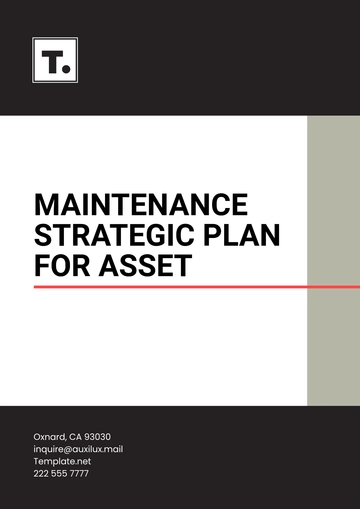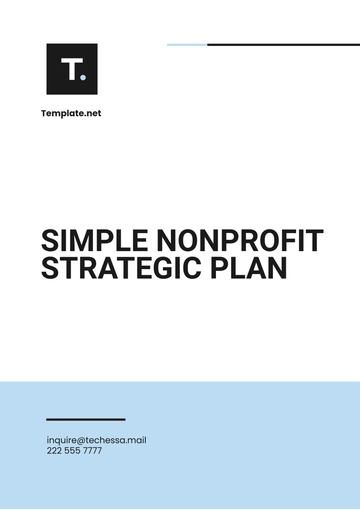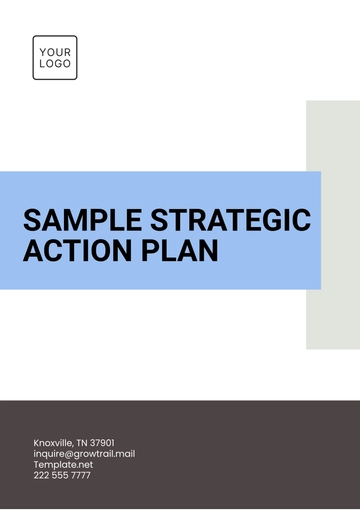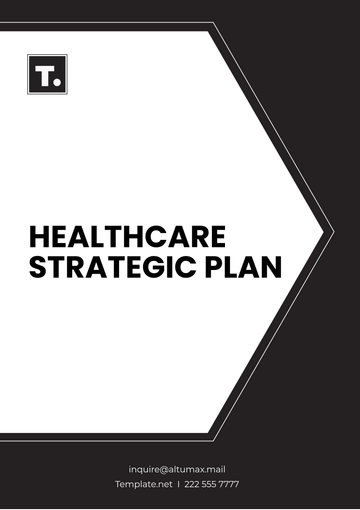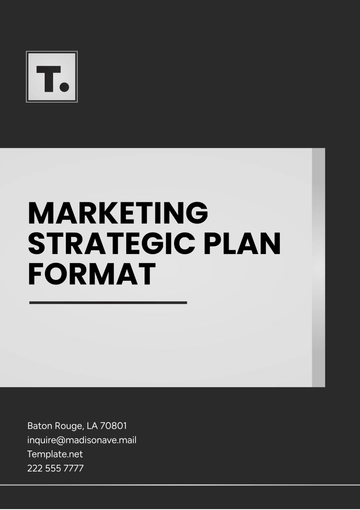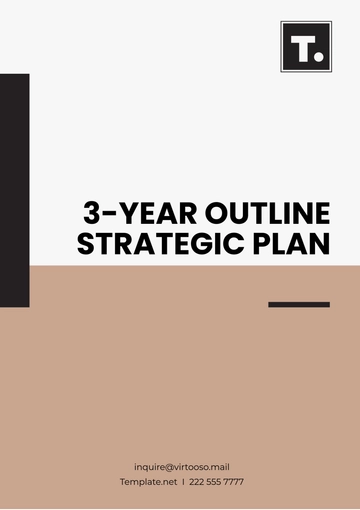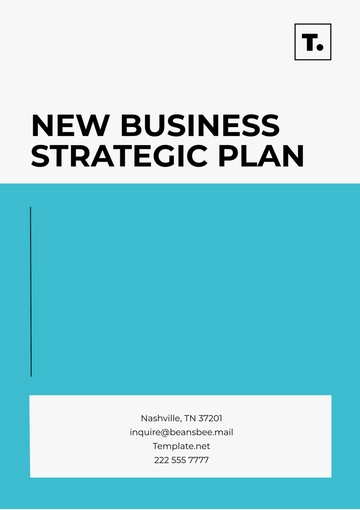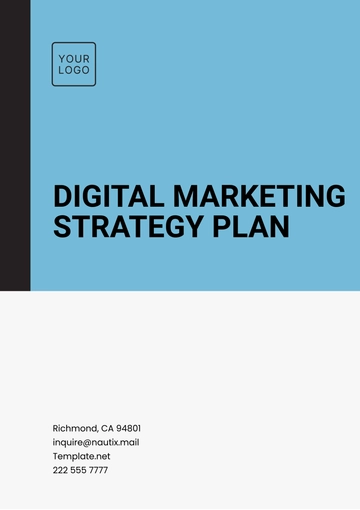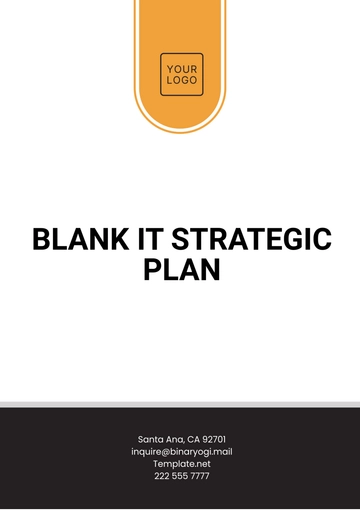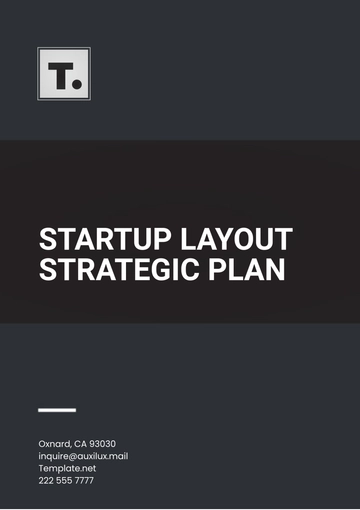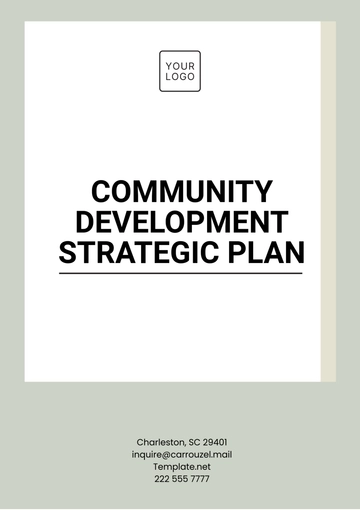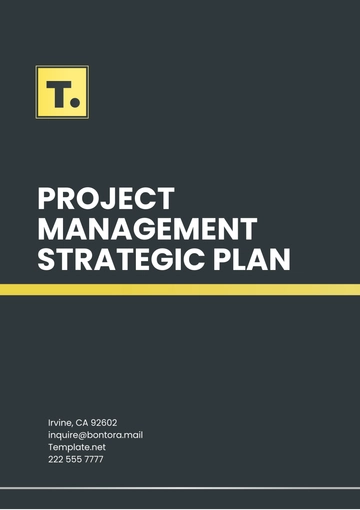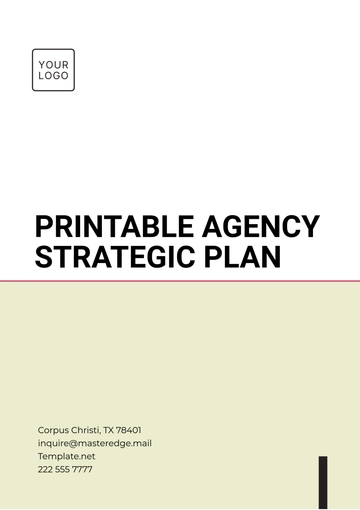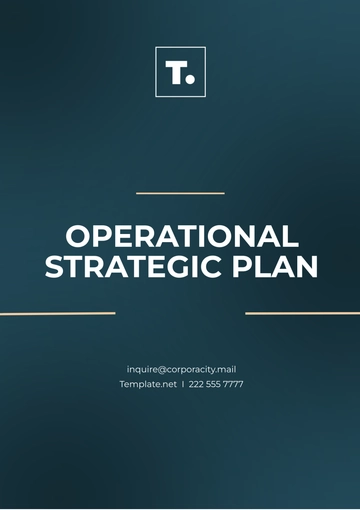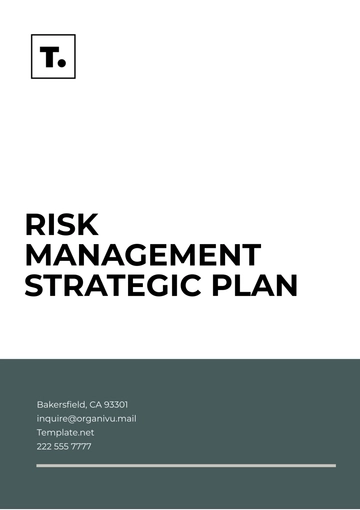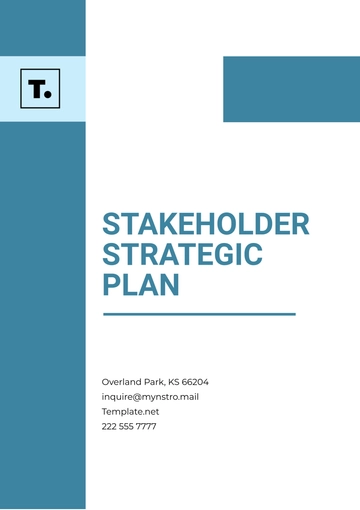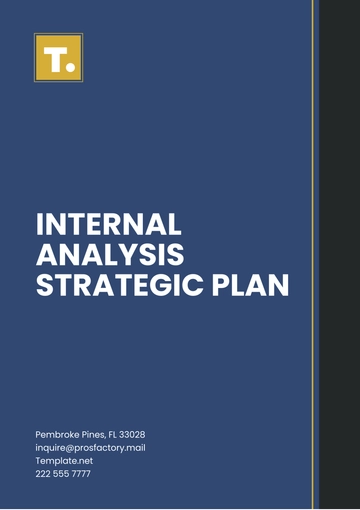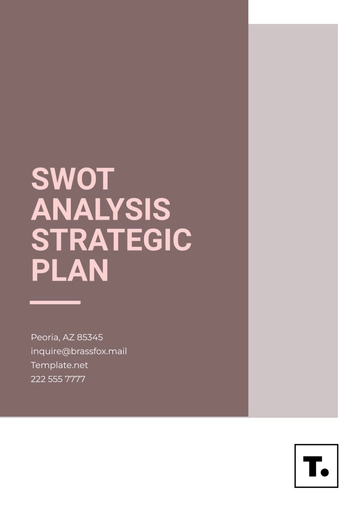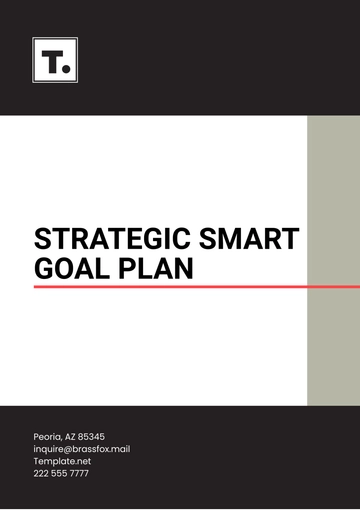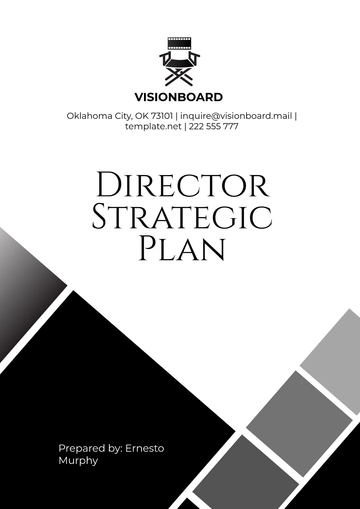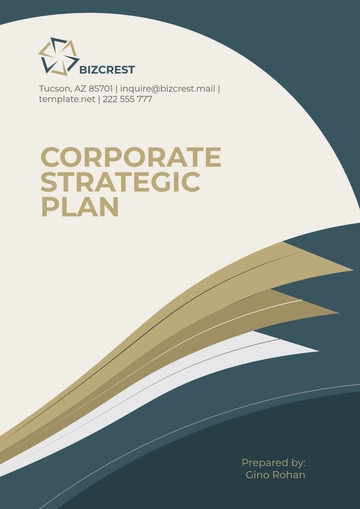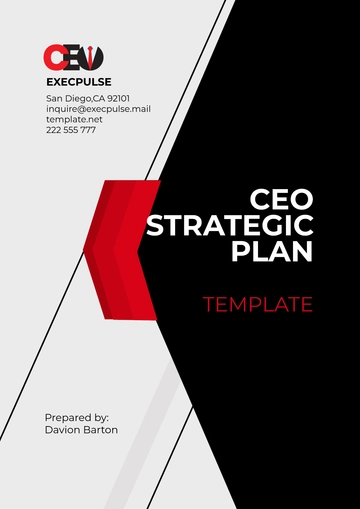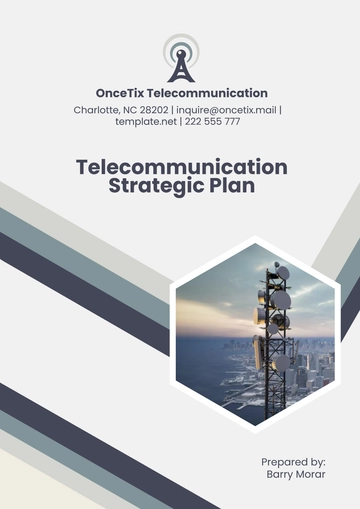Free High Level Strategic Plan
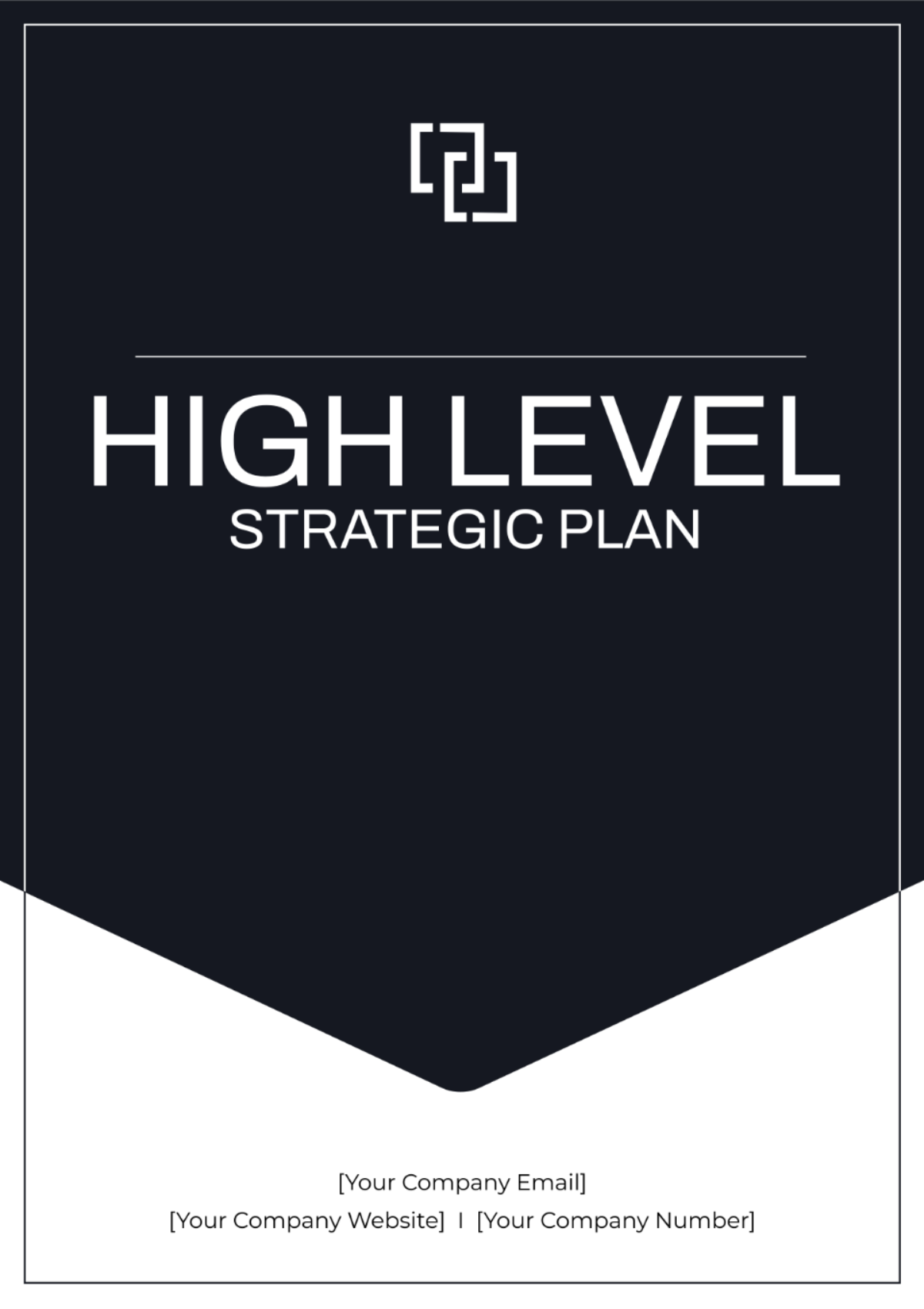
Prepared by [Your Name]
I. Executive Summary
This strategic communication plan outlines [Your Company Name]'s approach to effectively communicate its strategic vision, objectives, and developments to stakeholders. The aim is to ensure transparency, enhance stakeholder confidence, and foster a collaborative environment for mutual success.
II. Introduction
The purpose of this strategic communication plan is to detail the mechanisms through which [Your Company Name] will engage with its diverse stakeholders. This plan serves as a roadmap for managing expectations and maintaining regular and informative communication.
III. Situational Analysis
A. Internal Context
Overview: [Your Company Name] currently focuses on expanding its market share in the digital services sector while enhancing operational efficiency.
Strategic Objectives: Increase customer satisfaction by 15% through improved service delivery and product innovation. Reduce operational costs by 10% through process optimization and automation.
Resources: [Your Company Name] has a dedicated team of 50 employees, including 10 software developers, and access to a budget of $500,000 for strategic initiatives.
Internal Communication Practices: Monthly town hall meetings, quarterly performance reviews, and an internal communication platform for updates and announcements.
B. External Context
Stakeholder Perceptions: Recent surveys indicate a positive perception of [Your Company Name] among customers, with 85% expressing satisfaction with the company's products and services.
Market Trends: Increasing demand for cloud-based solutions and AI-driven technologies in the digital services market.
Competitive Landscape: [Your Company Name] faces competition from established companies and startups offering similar digital services, but its strong brand reputation and innovative solutions provide a competitive edge.
IV. Stakeholder Mapping
Employees: Key stakeholders for [Your Company Name]'s internal communication strategy, focusing on fostering employee engagement and alignment with company goals.
Shareholders: Important stakeholders interested in the company's financial performance and long-term growth strategies.
Customers: Critical stakeholders whose feedback and satisfaction directly impact [Your Company Name]'s success.
Suppliers: Key stakeholders who provide essential resources and services to support [Your Company Name]'s operations.
Regulatory Bodies: Stakeholders whose regulations and policies impact [Your Company Name]'s operations and strategic decisions.
V. Communication Goals
Enhance Stakeholder Engagement: Increase employee engagement by 20% through targeted communication initiatives.
Improve Transparency: Increase transparency in financial reporting and decision-making processes.
Foster Stronger Partnerships: Strengthen partnerships with key suppliers to improve supply chain efficiency and reliability.
VI. Communication Strategies
A. Message Development
Core Messages: Communicate [Your Company Name]'s commitment to innovation, customer satisfaction, and sustainable growth.
Tailored Messages: Tailor messages for each stakeholder group to ensure relevance and resonance.
B. Channels and Media
Digital Newsletters: For regular updates and announcements to employees and customers.
Social Media: To engage with customers and stakeholders and showcase [Your Company Name]'s thought leadership.
Press Releases: For external communication of major company developments and achievements.
Face-to-Face Meetings: For high-touch communication with key stakeholders, such as shareholders and top customers.
C. Timing and Frequency
Regular Updates: Provide monthly updates to employees and quarterly updates to shareholders.
Strategic Briefings: Conduct annual strategic briefings for key stakeholders to align on long-term goals and initiatives.
VII. Implementation Plan
Actions: Launch employee engagement survey to assess current engagement levels and identify improvement areas. Develop a communication calendar for regular updates and announcements.
Responsible Parties: HR department for employee engagement survey, Marketing department for communication calendar.
Resources Required: Survey tools, communication platforms, budget for content creation and distribution.
Timelines: Survey to be conducted within the next month, communication calendar to be implemented within two months.
VIII. Monitoring and Evaluation
Metrics: Employee engagement survey results, stakeholder feedback, communication analytics.
Methods: Surveys, feedback mechanisms, engagement analytics.
Evaluation: Assess and refine communication strategies based on feedback and performance metrics.
IX. Budget Overview
Material: $10,000 for content creation, design, and printing of communication materials.
Personnel: $20,000 for additional staff or consultants to support communication initiatives.
External Resources: $5,000 for outsourcing specialized communication tasks.
Total Budget: $35,000 for the implementation of the strategic communication plan.
X. Contingency Planning
Potential Risks:
Technological Challenges: Disruption in communication channels or failure of communication tools.
Reputational Risks: Negative publicity or misinterpretation of messages leading to reputational damage.
Operational Disruptions: Internal issues such as strikes, layoffs, or leadership changes affecting communication flow.
External Events: Economic downturn, natural disasters, or regulatory changes impacting communication strategies.
Contingency Strategies:
Alternative Communication Channels: Have backup communication channels in place to ensure continuity in case of channel disruptions.
Crisis Communication Plan: Develop a crisis communication plan to address reputational risks and maintain transparency during challenging times.
Internal Communication Protocols: Establish clear protocols for internal communication during operational disruptions to ensure timely and accurate information flow.
Monitoring and Adaptation: Regularly monitor external events and adapt communication strategies accordingly to maintain relevance and effectiveness.
XI. Conclusion
Reiteration of the importance of robust stakeholder communication in achieving the strategic goals of [Your Company Name] and a commitment to ongoing improvement of communication practices.
XII. Approval
Sign-off by [Your Name], [Your Position] of [Your Department], indicating the readiness of the strategic plan for implementation subject to approval from upper management.

- 100% Customizable, free editor
- Access 1 Million+ Templates, photo’s & graphics
- Download or share as a template
- Click and replace photos, graphics, text, backgrounds
- Resize, crop, AI write & more
- Access advanced editor
Achieve organizational goals with the High-Level Strategic Plan Template from Template.net. This customizable, downloadable, and printable template provides a comprehensive framework for strategic planning. With editable features in our AI Editor Tool, tailor the plan to your organization's specific needs. Streamline your strategy and ensure success with this invaluable resource.
